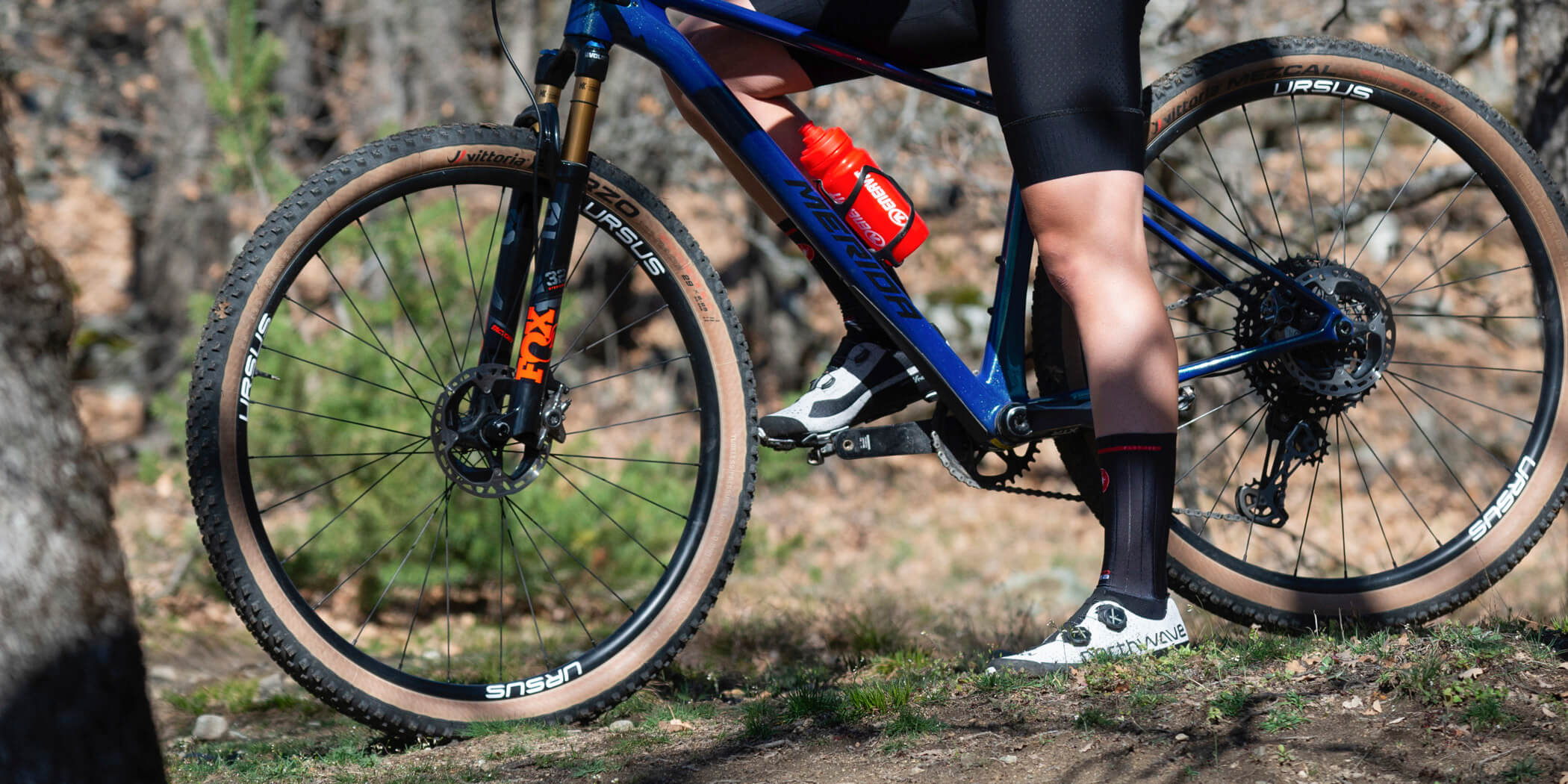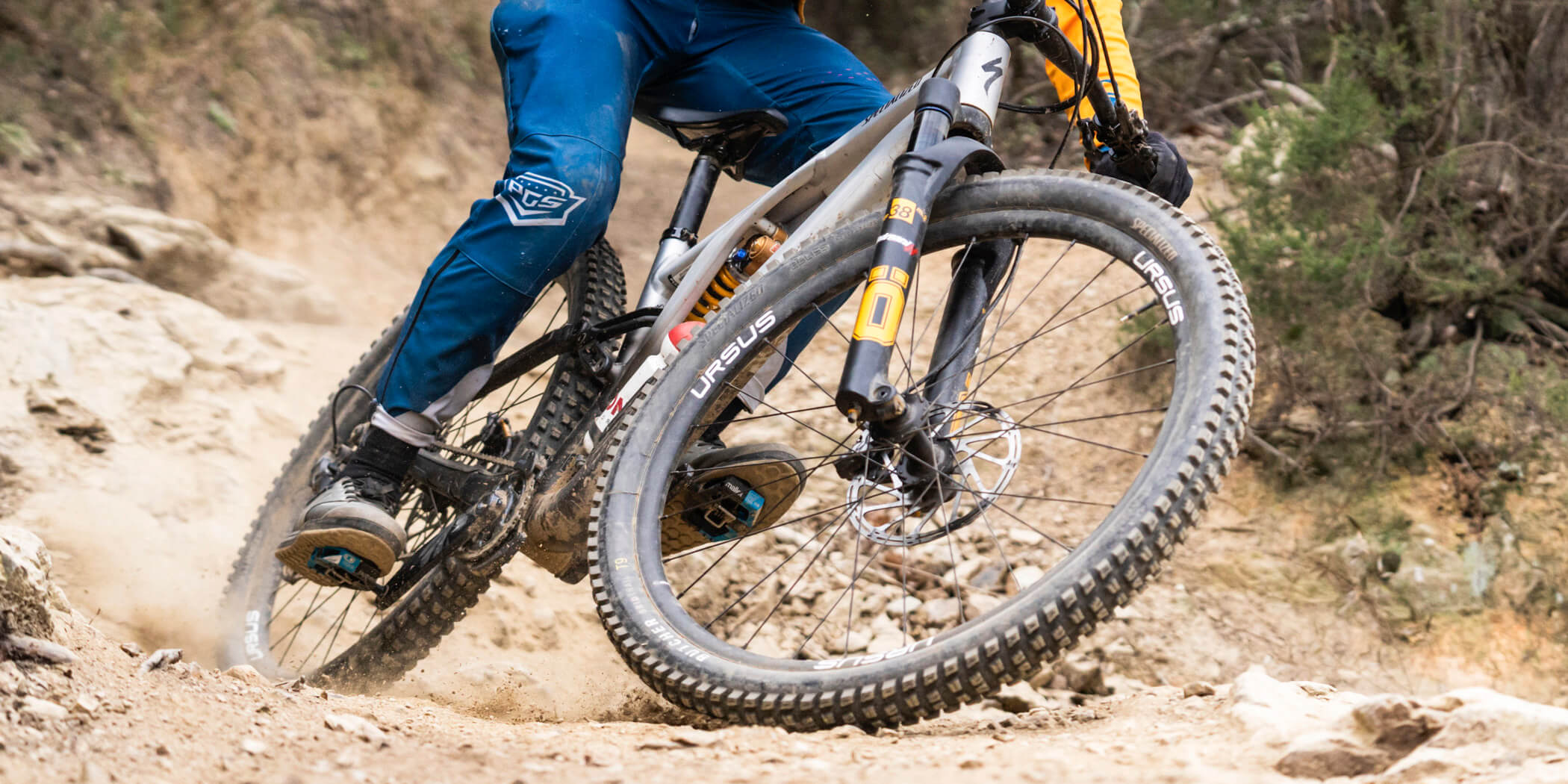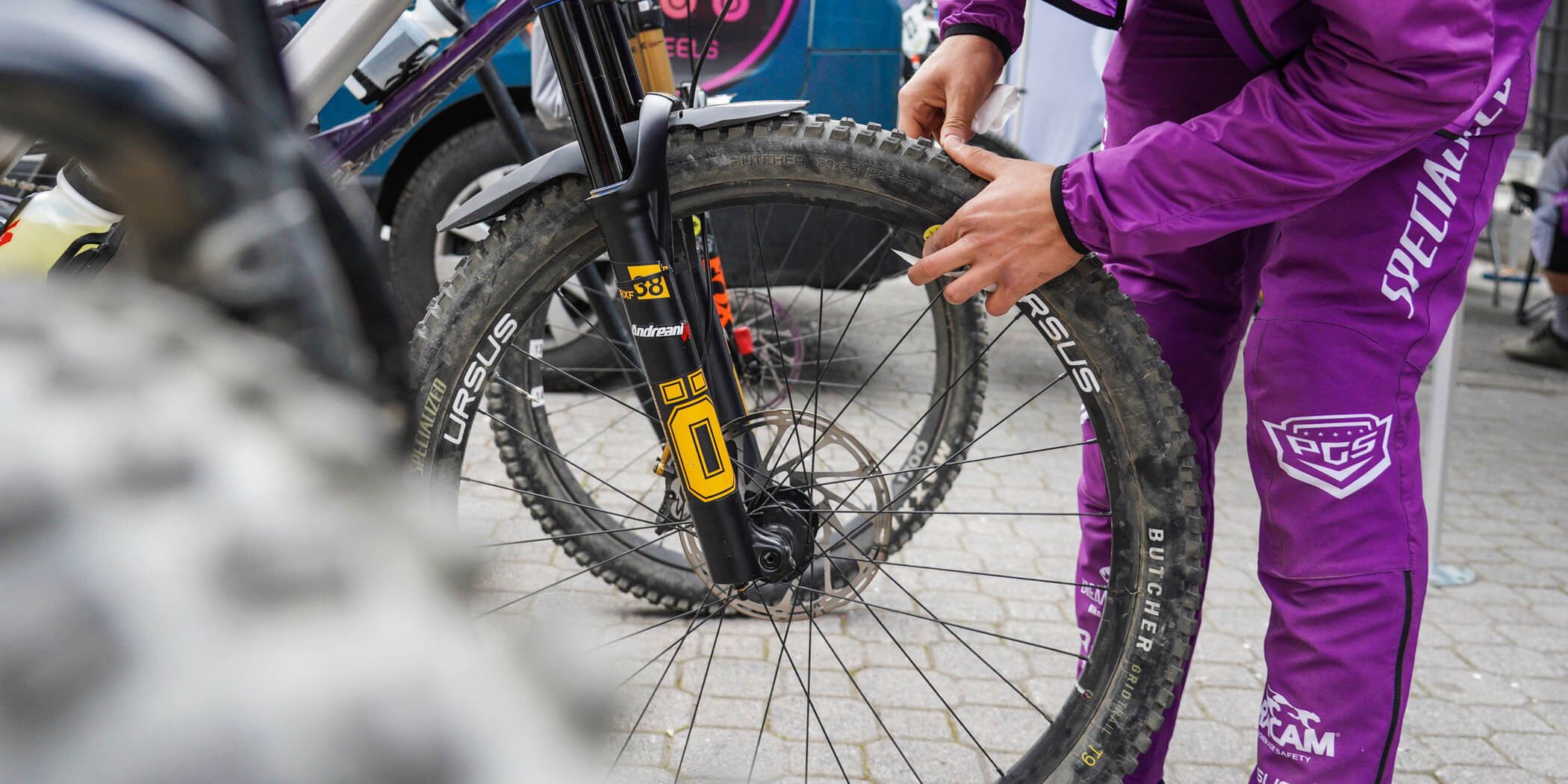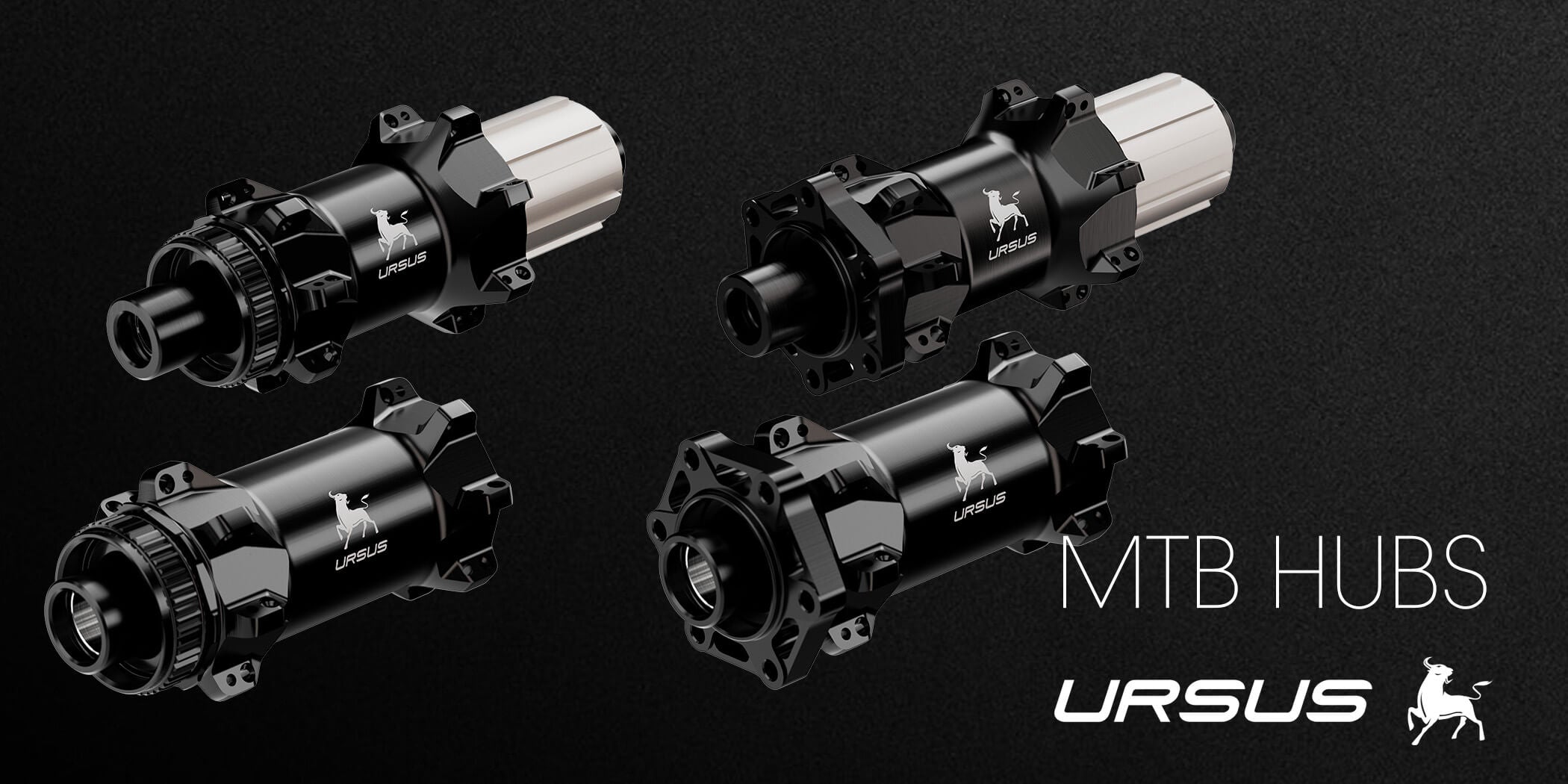An MTB hub must have features that improve the bike's fit and performance. If you're a cyclist, you know perfectly well that hubs can affect your riding ability and the lifespan of your wheels.
In this article, we'll tell you what features you should pay attention to when choosing a mountain bike hub.
Why is the MTB hub a fundamental component?
Mountain bikers look for specific sensations that help optimize their performance during the race:
- Reactivity during shots;
- Sliding wheels;
- Lightness;
- Rigid setup.
Bike wheel hubs play a role in determining this setup. To improve the bike's responsiveness even on technical terrain, you should pay attention to these hub characteristics:
- weight : to reduce weight it is important that the hub body is made of light and resistant materials;
- smoothness of the ball bearings : they must be well protected by the body of the MTB hub, to avoid excessive accumulation of dirt and mud, which leads to premature wear of the wheels;
- Spoke configuration : straight pull spokes are suitable if you are looking for greater rigidity, while curved pull spokes give you a more comfortable feeling when riding;
- compatibility with gear changes (in case of bikes with hub gears).

Front wheel hub vs. rear hub in MTB
The front wheel hub and the rear wheel hub of MTBs can differ in some characteristics, as they perform different functions:
- Ball bearings
The front hub usually has simpler bearings and a straight axle. This is because the front wheel primarily transmits the vertical load and is not involved in power transmission or gear shifting. The rear hub of a mountain bike , on the other hand, must handle both the vertical load and the transmission of power from the chain to the rear wheel, especially in the case of bikes with hub gears. Therefore, it sometimes features more robust bearings and an axle with a specific configuration to accommodate the gear group; - The MTB hub body
Rear hubs tend to have wider, more complex bodies to accommodate the gear group . This makes them heavier and more complex than front hubs, which are generally simpler and lighter; - Locking system
The front wheel hub usually uses a simpler locking system, often with a quick release or thru axle. The rear MTB hub, on the other hand, can also have a more complex locking system , to ensure the stability and rigidity needed to transmit power to the ground efficiently; - Cassette or sprocket
Only the rear hub has a cassette or sprocket mounted on it, which is connected to the chain and allows gear selection. The front hub does not have this component;

The advantages of a hub gear bike
A hub-gear mountain bike uses a drivetrain system that differs from a traditional chain-gear drivetrain, in which gears are changed using derailleurs that shift the chain to different gears.
In a hub gear, the gear is housed directly inside the rear hub of the wheel. This type of gear offers some distinctive and advantageous features for mountain biking:
- Internal reports
In the rear hub, there are several internal gears (usually 3 to 14 gears, depending on the hub model) that can be selected by the rider. These gears offer a range of ratios that allow the rider to better adapt to both steep climbs, descents, and flat terrain; - Durability and maintenance
Hub gears are more durable because, being inside the hub, they are protected from the elements, mud, and dirt. They therefore also require routine maintenance compared to traditional gears, which are more exposed to the elements. - Gear changes while stationary
With a hub gear, you can shift gears while the mountain bike is stationary or while moving very slowly, unlike traditional gear changes which often require the bike to be in motion for smooth gear changes; - Aesthetics
One final advantage is aesthetic : hub gear mountain bikes have a cleaner design, with no derailleurs or gears visible on the outside of the frame.

Why choose an Ursus MTB hub
The Ursus MTB hub body is made of a resistant and ultralight material: Ergal 7075 aluminum. The design is aggressive yet elegant, a plus for cyclists who are more attentive to the aesthetics of their mountain bike.
Through the study of our internal research and development department, we have also selected special ball bearings, specifically designed for:
- increase smoothness;
- reduce the accumulation of mud, soil and dirt;
- extend the life of the hub over time.
All hubs are also subjected to stringent tolerance controls using computer numerical control (CN C): tolerances of just a few hundredths of a millimeter or micron. This ensures that each MTB hub meets the highest quality standards for all cyclists, both amateur and professional.
The Ursus MTB hub range includes several models that vary in:
- locking system ( center lock or six holes );
- spoke bend ( J-Bend or Straight Pull ).
- spoke configuration.
They are compatible with the following gear groups:
- Shimano;
- Countryman;
- Sram.
You can purchase the pair of hubs individually, or remember that both the front wheel hub and the MTB rear hub are always included when you purchase Ursus wheels .





